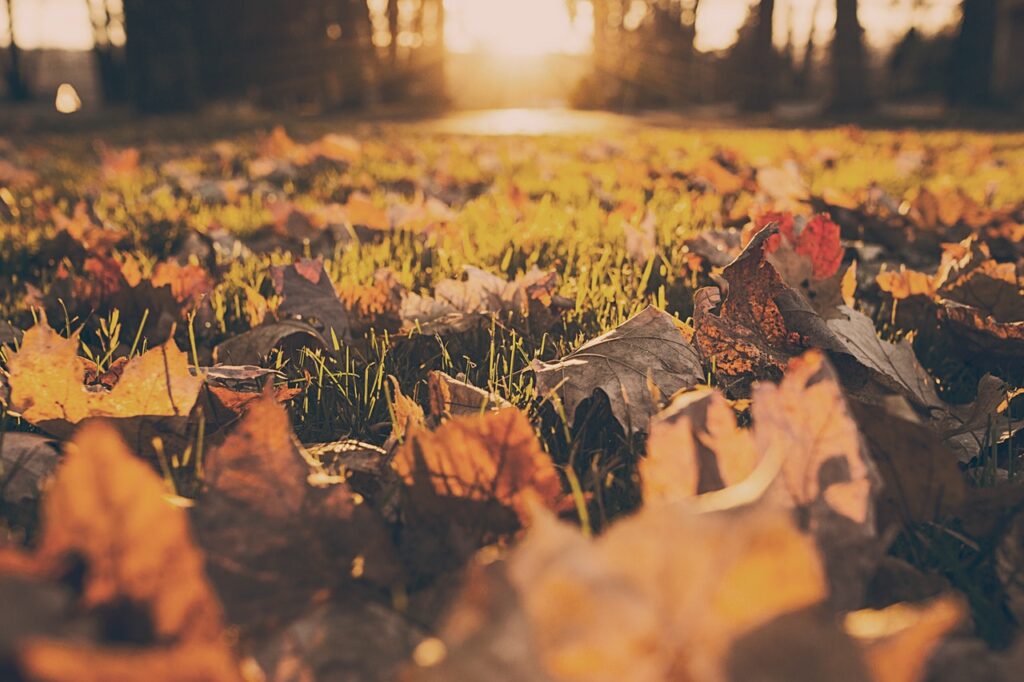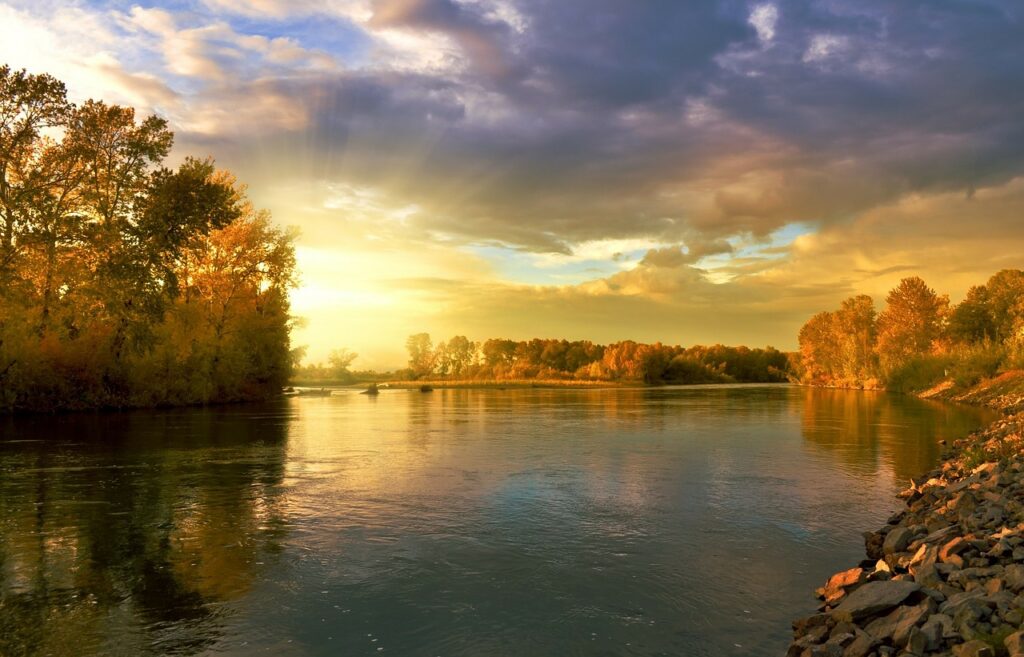As summer starts to wind down and we embrace the cooler months, outdoor photographers tend to gear up. Autumn is arguably the favorite season for photographers due to ever-changing scenery, vibrant colors, and moody weather.
The Photo Arts Conservatory at New York Film Academy (PAC at NYFA) instills students with a passionate focus on the technical elements of photography. Below are some tips to help you enhance your landscape photography and really capture the fall weather.

The “Golden Hour”
“Golden Hour,” the time of day when the low position of the sun during sunrise and sunset creates a soft glow that dramatically enhances the environment and gives a vibrant “pop” to surrounding colors, occurs all year round, but can be at its most striking during the fall. Getting up early or staying up late can make for some very vibrant landscape photography.
Overcast Days
Foggy and overcast, cloudy days create lighting conditions that may help you capture some interesting shots. Focus on areas such as lakes, rivers, woods, and streams–bright colors from the leaves of trees will help create separation from their darker, foggier surroundings.
Composition
There are different ways that you can compose your photo, including the rule of thirds and the golden ratio. Let nature guide your framing by utilizing your surroundings of branches, leaves, and other trees to emphasize your main subject.

Use Warm White Balance
White balance is how warm or cool the overall colors look in your photograph. When taking photos outside during the fall, we recommend you ignore the white balance presets on your camera–auto-white balance can neutralize colors, so avoid using the auto setting. To really bring out the fall colors in your photos, you’ll want to use a warm white balance. Increase the white balance to a warmer Kelvin temperature–try around 6,000 degrees–but be careful not to overdo it. A high Kelvin can make the photo appear to have an unnatural looking color cast.
Circular Polarizer
A circular polarizer–also known as CPL–is a screw-in filter that goes in front of your lens. The benefit to using a CPL is that unwanted glare and reflections are reduced when photographing wet surfaces or in direct sunlight. A CPL can also enhance your landscape photography by adding more color and contrast. You can use a slower shutter speed when photographing a river or stream when you have a CPL with your camera. Make sure that you are using a neutral CPL to help enhance your fall photography.
